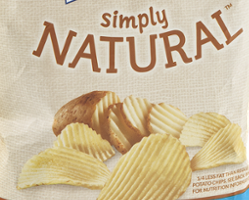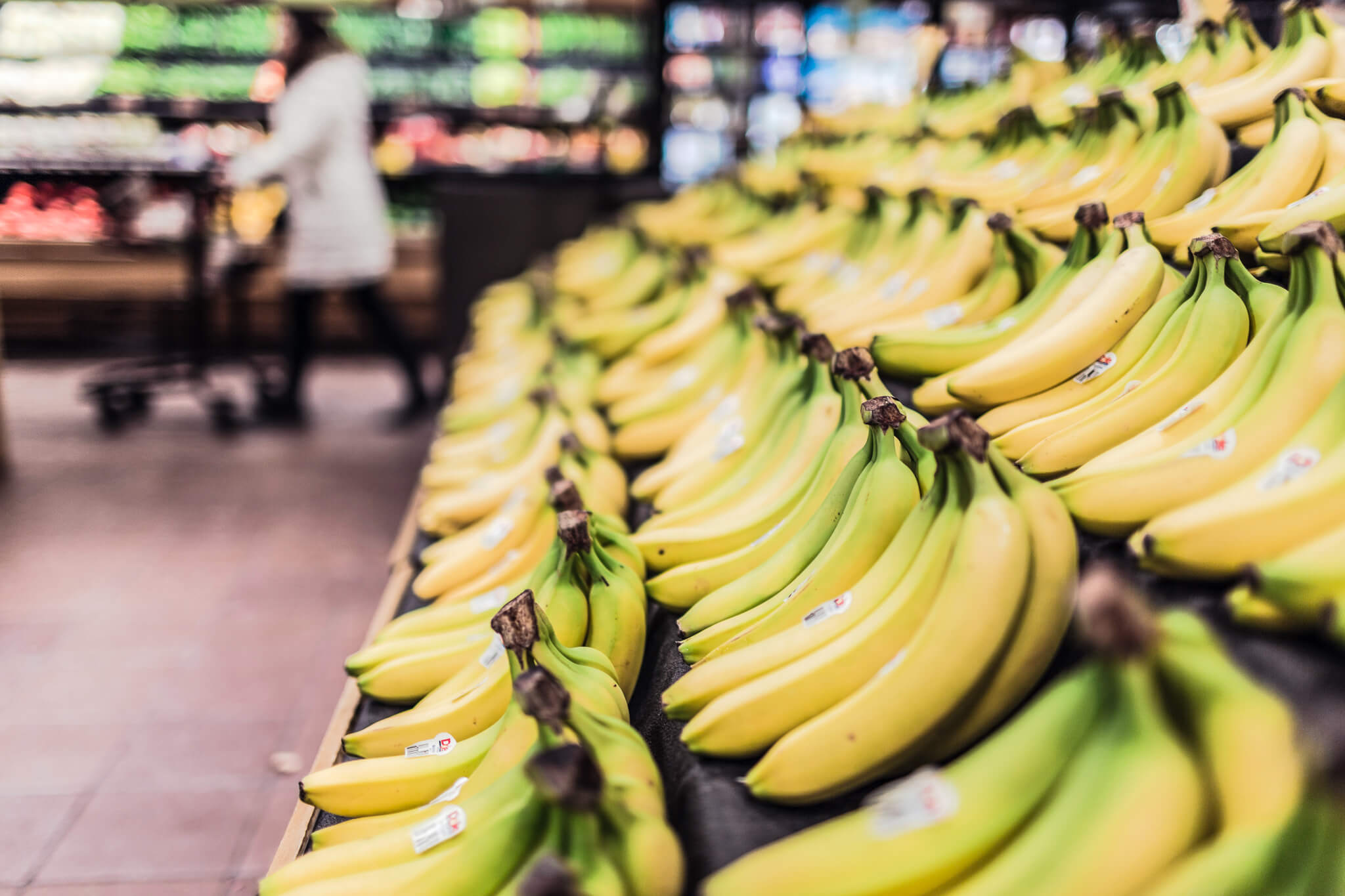Once I started working in a marketing role a few years ago, I began to notice advertising and promotion tactics in a way that I hadn’t before. I saw everything from TV ads to billboards in a whole new light. Marketing tries to make us feel, and then act, a certain way. Some marketing tactics are fun and light-hearted; I’m looking at you, Tillamook. However, I’ve found that many companies use misconceptions and confusion to lead us to purchasing their products. This is especially prevalent when it comes to food marketing and, honestly, it’s super predatory.
One of the ways that companies encourage us to purchase their product over their competitor’s is by using misunderstood words or phrases on their packaging to make us think that it is safer or healthier than the alternative. The products with these labels tend to be more expensive, even though what’s inside the packaging is nearly identical to the others on the shelf.
Below are three common phrases you’ve probably seen while grocery shopping. Buying something specifically because it says one of these things is often a waste of your money, and here’s why:
Non GMO

No matter your feelings on genetically modified/engineered crops, this label is often pointless. While there are absolutely food products made with genetically modified ingredients, many of them are not, purely because a genetically modified version of that crop doesn’t exist commercially. In the United States, there are only 10 approved genetically modified crops: alfalfa, apple, canola, corn (field and sweet corn, but not popcorn) cotton, papaya, potato, soybean, squash, and sugar beet. If an ingredient list doesn’t contain one of those crops or a product derived from one, then there are no GMOs in it.
There are so many products out there with a Non GMO, or similar, marketing label that just scientifically and literally cannot contain GMOs. Paying more for orange juice with a non GMO label is a waste of money, for instance. The company manufacturing the product is counting on people wanting to avoid genetically modified ingredients, but not knowing what crops are genetically modified.
“Natural”

According to a 2014 article in the Washington Post, labels with variations of “natural” contribute to 40 billion dollars worth of food sales, yearly. I can only assume that dollar value has gone up since publishing, but I couldn’t find a more recent number. The word gets tossed around all the time to imply that something is better, safer, and/or healthier. It’s understandable why, and sometimes can be true. However, lead is a naturally occurring substance, but absolutely no one recommends eating it for lunch.
The FDA has been petitioned to create a legal definition of the term and has been working on it, but has not yet released their decision. The USDA is in charge of labels that pertain to the meat industry and they have defined “natural” as: a product containing no artificial ingredient or added color and is only minimally processed. Minimal processing means that the product was processed in a manner that does not fundamentally alter the product. The label must include a statement explaining the meaning of the term natural (such as “no artificial ingredients; minimally processed”). While the USDA is more specific than anything provided by the FDA at this point, it is still somewhat vague and also leaves the exact specifications up to the producer.
Because it doesn’t necessarily mean what we may think it means, or mean anything at all really, spending more money for a “natural” product doesn’t make much sense. I recommend reading the ingredient list to see if it includes, or excludes, your preferences. I also encourage thinking critically about the nutritional value, not about whether or not the earth was the sole creator of the ingredients.
“Raised without hormones”

If the grocery store is offering two brands of pork or poultry that look identical, but one has a label that says something to the effect of “raised without hormones” and is more expensive, don’t spend the extra money on it. Why? Because somewhere else on that package, usually in very small print, it also says “Federal regulations prohibit the use of hormones.” This is the perfect example of a company marketing based on fear and not on reality. They know that, in general, people will choose to avoid products with added hormones. So even though there is no chance that any pork or poultry was raised with added hormones, they want you to think the package without that label was raised with them and their product is superior.
The Bottom Line
These are things that effect your bottom line and your budget. I really appreciate the options we have at the grocery store. We can choose brands, flavors, and production methods that we like and want to support. What I don’t appreciate is companies using misconceptions and scare tactics to drive us to spend more money than we need to on a product. I hope that the next time you grocery shop, you keep these terms in mind, thinking critically about what is and isn’t meaningful. Spend your dollars on things that matter, not playing their game.

Great first blog, Jordyn! I look forward to more! I learned something new from your article! I’m afraid I have bought food products without being knowledgeable of what’s what on the label! No more! Keep the information coming! Best of everything on your new path! You will help us all!
Thank you, Mary! I’m glad you were able to learn new information for making food choices. We have all been there – not understanding what we are really buying. Hopefully as we move forward, we can all, myself included, make better informed choices.
I think there is a lot of misleading labeling with “Gluten Free” as well. Some products will always be gluten free, so should not need that label.
Very informative. I was aware of the GMO. I always get a slight at jello when it says no GMOs.
This is so interesting!! Thanks for sharing!
We don’t eat lead for lunch!? Haha great article Jordyn, I highly enjoyed it! And now I feel better about buying generic
Good work, spot on.
Hi Jordan, thanks for this information. I am Heather’s Mom’s friend. I was really interesting in Advertising my whole life and was told multiple times , I should have had as my career. I have worked in various business’s and worked with sales and marketing but I Idid not go into advertising because I didn’t want to “dupe” people. What you say is very eye opening for sure! I am a label reader and try to pick healthy food options and I love to read about health and nutrition, but have not come across the GMO situation nor did I know those foods are applicable to it. I understood GMO was regarding wheat and grains and that is the reason for so much “gluten sensitive” people now. The GMO foods you mention does not include wheat or grains. Have I mis-understood this. Can you help me out with this?
Hi Jayne,
Label reading and understanding is so important, so I’m glad it’s a focus for you. I will admit that I am not familiar enough with the subject of gluten sensitivity to really dive into it without consulting an expert. I think it would make for a very good blog subject in the future though! One thing I do know for sure is that GMOs and gluten sensitivity are not correlated. There is no GMO wheat, or any cereal crop, commercially produced. Some companies are working on developing GMO cereal varieties and are in trial phases, but there are none in the foods we eat, or have eaten, up to this point. Hybrid wheat varieties are used, where the wheat has been selectively bred for the best traits, but that is a different process than modern genetic modification. I’d like to recommend gmoanswers.com as a resource for you to learn more about GMOs. They have so much information about GMO crops and technologies and all the info is created and vetted through a network of more than 200 industry experts and academics.
Excellent points, Jordyn, and I learned several new things from your blog. I’m happy to see that you are putting fact-based info into what has been an emotion-driven conversation!